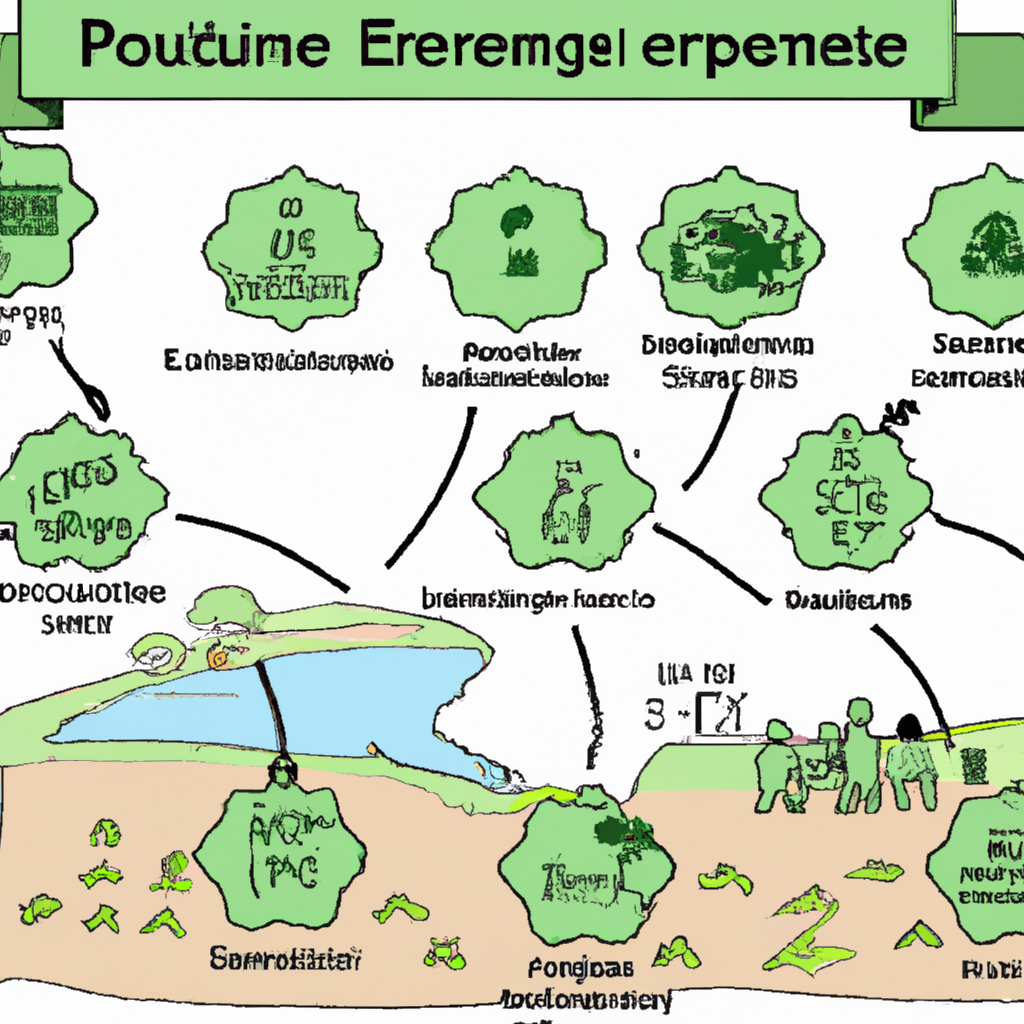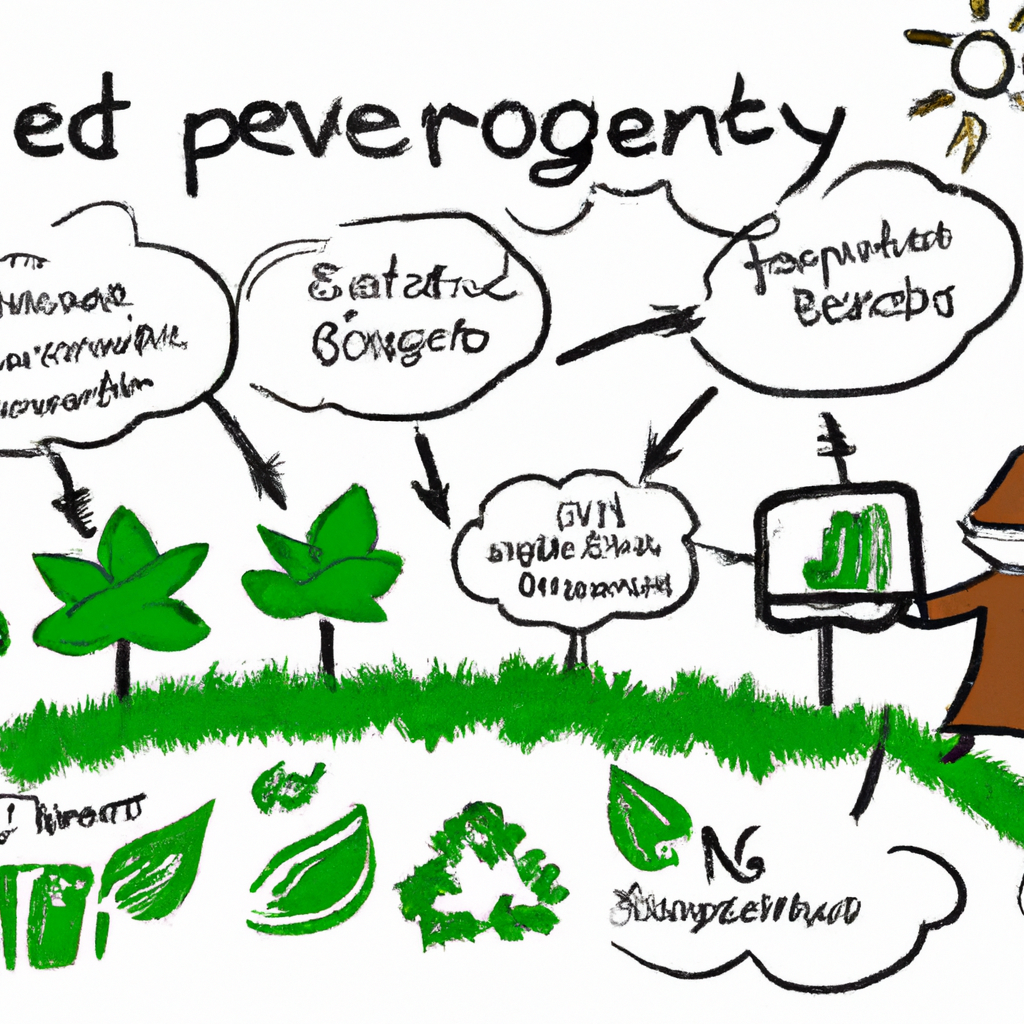12 Environmental Policies That Are Making a Difference

12 Environmental Policies That Are Making a Difference
In recent years, environmental policies have become increasingly important in order to combat climate change and protect our planet. From carbon taxes to green energy initiatives, governments around the world are introducing measures to reduce emissions and create a more sustainable future. Here, we take a look at 12 environmental policies that are making a difference.
1. Carbon Taxes
Carbon taxes are one of the most effective ways to reduce emissions and incentivize businesses to adopt greener practices. By taxing companies based on their carbon output, governments can create a financial incentive to reduce emissions and invest in renewable energy sources. For example, the UK introduced a carbon tax in 2013, which has since reduced emissions by over 20%.
2. Renewable Energy Incentives
Renewable energy incentives are another important policy tool for reducing emissions. By offering subsidies and tax breaks to businesses that invest in renewable energy sources, governments can encourage the development of clean energy technologies. In the US, for example, the Investment Tax Credit (ITC) provides businesses with a 30% tax credit for investing in solar, wind, and other renewable energy sources.
3. Emissions Trading Schemes
Emissions trading schemes are another important policy tool for reducing emissions. By setting a cap on emissions and allowing companies to trade emissions permits, governments can create a financial incentive to reduce emissions. The European Union’s Emissions Trading System (ETS) is one of the most successful examples of this type of policy, having reduced emissions by over 20% since its introduction in 2005.
4. Green Building Standards
Green building standards are another important policy tool for reducing emissions. By setting standards for energy efficiency and renewable energy use in buildings, governments can reduce emissions and create a more sustainable built environment. In the US, for example, the LEED certification system provides incentives for businesses to build green buildings.
5. Energy Efficiency Standards
Energy efficiency standards are another important policy tool for reducing emissions. By setting standards for energy efficiency in appliances and other products, governments can reduce emissions and create a more sustainable economy. In the US, for example, the Energy Star program provides incentives for businesses to produce energy-efficient products.
6. Fuel Efficiency Standards
Fuel efficiency standards are another important policy tool for reducing emissions. By setting standards for fuel efficiency in vehicles, governments can reduce emissions and create a more sustainable transportation system. In the US, for example, the Corporate Average Fuel Economy (CAFE) standards provide incentives for businesses to produce more fuel-efficient vehicles.
7. Renewable Portfolio Standards
Renewable portfolio standards are another important policy tool for reducing emissions. By setting standards for the percentage of electricity that must be generated from renewable sources, governments can reduce emissions and create a more sustainable energy system. In the US, for example, the Renewable Portfolio Standard (RPS) requires utilities to generate a certain percentage of their electricity from renewable sources.
8. Waste Reduction Policies
Waste reduction policies are another important policy tool for reducing emissions. By setting standards for waste management and encouraging businesses to reduce, reuse, and recycle, governments can reduce emissions and create a more sustainable economy. In the US, for example, the Resource Conservation and Recovery Act (RCRA) provides incentives for businesses to reduce their waste.
9. Land Use Policies
Land use policies are another important policy tool for reducing emissions. By setting standards for land use and encouraging businesses to adopt sustainable practices, governments can reduce emissions and create a more sustainable economy. In the US, for example, the Endangered Species Act (ESA) provides incentives for businesses to protect endangered species and their habitats.
10. Water Conservation Policies
Water conservation policies are another important policy tool for reducing emissions. By setting standards for water use and encouraging businesses to adopt sustainable practices, governments can reduce emissions and create a more sustainable economy. In the US, for example, the Clean Water Act (CWA) provides incentives for businesses to reduce their water use.
11. Sustainable Agriculture Policies
Sustainable agriculture policies are another important policy tool for reducing emissions. By setting standards for agricultural practices and encouraging businesses to adopt sustainable practices, governments can reduce emissions and create a more sustainable economy. In the US, for example, the National Organic Program (NOP) provides incentives for businesses to adopt organic farming practices.
12. Environmental Education Programs
Environmental education programs are another important policy tool for reducing emissions. By providing education and training to businesses and individuals, governments can reduce emissions and create a more sustainable future. In the US, for example, the Environmental Protection Agency (EPA) provides grants and other incentives for businesses to participate in environmental education programs.
From carbon taxes to sustainable agriculture policies, governments around the world are introducing measures to reduce emissions and create a more sustainable future. These 12 environmental policies are making a difference, and are helping to create a greener, more sustainable world.








